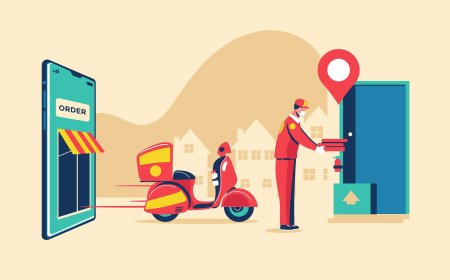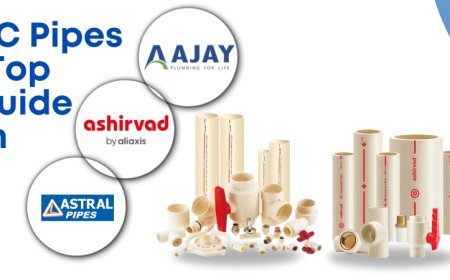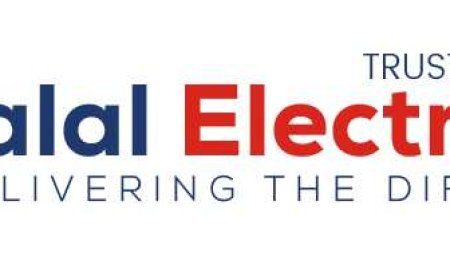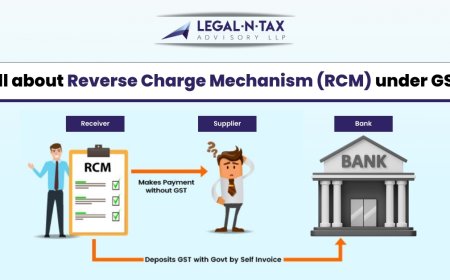How to Sell a Second-Hand Car in Australia: Step-by-Step Guide June 23, 2025

Selling a second-hand car is something that many vehicle owners in Australia will eventually do. Whether the car is no longer needed, being replaced, or simply sitting idle in the driveway, knowing how to sell it properly is important. While the process may look simple at first glance, there are certain steps that should be followed to complete the sale smoothly.
In this guide, each step is explained clearly based on real-life situations, so that any vehicle owner can understand how to approach this task.
Understand Why You Are Selling the Car
Before taking any steps, think about the reason for selling the vehicle. Some people need to upgrade. Others may no longer require a car due to lifestyle changes. There are also cases where a car becomes too expensive to maintain. When the reason is clear, it becomes easier to decide how to approach the sale.
Knowing your reason also helps when buyers ask questions about the cars history and condition.
Collect All Required Documents
Selling a car in Australia involves certain paperwork. Each state and territory has its own rules, but the following documents are usually needed:
- Proof of ownership (such as the vehicle registration certificate)
- A driverslicense for identification
- A signed transfer of ownership form
- Roadworthy certificate (where required)
In most states, a roadworthy certificate is required before the vehicle can be sold. This confirms that the car is safe to drive. Without it, registration cannot be transferred to a new owner. However, there are some exceptions for unregistered or damaged vehicles.
Always check the specific rules of your states road authority, such as VicRoads, Transport for NSW, or TMR in Queensland.
Get the Car Ready for Inspection
Before putting the car up for sale, make sure it is clean and presentable. Wash the exterior, vacuum the interior, and remove all personal items. Buyers often make their decision based on first impressions. If the car looks neat and well-maintained, it builds confidence.
Here are some things to check:
- Tyrese are inflated and in good condition
- Lights and indicators are working
- No warning lights are showing on the dashboard
- Fluids like oil and coolant are at proper levels
Minor touch-ups or basic repairs can also increase interest. However, avoid spending too much on repairs if you plan to sell the car as-is.
Decide Where to Sell
There are several ways to sell a second-hand car in Australia, and the right choice depends on your situation:
Private Sale
Selling a car in Australiaprivately often brings more money, but it takes more time and effort. You need to take photos, write a description, post ads, answer messages, and arrange viewings. This method suits cars that are in good condition and have all documents ready Selling to a Car Buying Service
Some services specialize in buying used cars directly from owners. These companies usually inspect the car, make an offer, and arrange payment and collection. This method is helpful when someone wants to avoid handling buyer communication themselves.
Trade-In at a Dealership
If you are planning to buy a new car, trading in the old one can save time. However, the price offered is often lower than a private sale. Dealers adjust the trade-in value based on the new car purchase price.
Sell as Scrap
If the car is no longer roadworthy and cannot be repaired economically, it may be sold as scrap. Some buyers purchase vehicles for parts or metal and offer collection.
Set a Realistic Asking Price
Pricing is one of the most important parts of selling a car. A price that is too high may keep buyers away, while a price that is too low could mean losing out on money.
Here is how to research pricing:
- Look up similar listings online for the same make, model, year, and condition
- Consider the kilometers driven, service history, and any extras
- Use car valuation tools available from RedBook or Cars Guide
Once you have a price in mind, you may leave some room for negotiation. It is common for buyers to offer less than the asking price.
Create a Proper Listing (If Selling Privately)
A good listing includes clear details and honest information. Use simple language and include:
- Make, model, and year
- Kilometres on the odometer
- Transmission type
- Fuel type
- Condition of body and interior
- Any recent repairs or services
- Reason for selling
Upload several clear photos from different angles, including interior, engine bay, and tyres.
Arrange Viewings and Test Drives
If a buyer shows interest, arrange a time for them to see the vehicle. Meet in a public place or at your home during daylight hours. Always check that the buyer holds a valid driver licence before allowing a test drive.
Stay in the passenger seat during the drive and answer any questions they may have. Keep communication clear and honest.
Promote Through a Reliable Option
Some vehicle owners do not have time to go through the process of advertising and meeting buyers. In such cases, some services collect second-handcars directly from the seller and pay based on condition and model. One such service, available in Melbourne, offers help with cars that are no longer needed or are not worth trading in. Thiscar removaloption provides a way to sell the vehicle without the need for online listings or long wait times. The car is collected from your address, payment is arranged, and the process is completed without delay.
This method suits those who have limited time or do not wish to deal with the usual private sale process.
Finalize the Sale
When a buyer agrees to purchase the car, complete the required paperwork. Make sure both parties sign the transfer of ownership form. The seller must lodge a notice of disposal with the local transport authority. This step protects you in case the new owner fails to transfer the vehicle.
If the buyer pays in cash, count the money before handing over the keys. If payment is made by bank transfer, confirm that it has cleared. Always issue a receipt that includes:
- Date of sale
- Amount received
- Buyer and seller names and signatures
- Description of the vehicle
Remove number plates if required and cancel the registration if the vehicle is no longer being used.
Conclusion
Selling a second-hand car in Australia is a process that involves several steps, each of which is important. From checking paperwork to setting a price and finalizing the process that involves several steps, each of which involves the handover, each part of the process helps protect both the buyer and the seller. Whether you choose to sell privately, trade it in, or use a removal service, the key is to stay informed and follow the required legal steps.
By taking the time to prepare and understand the process, you can complete the sale confidently and proceed to your next step.







































